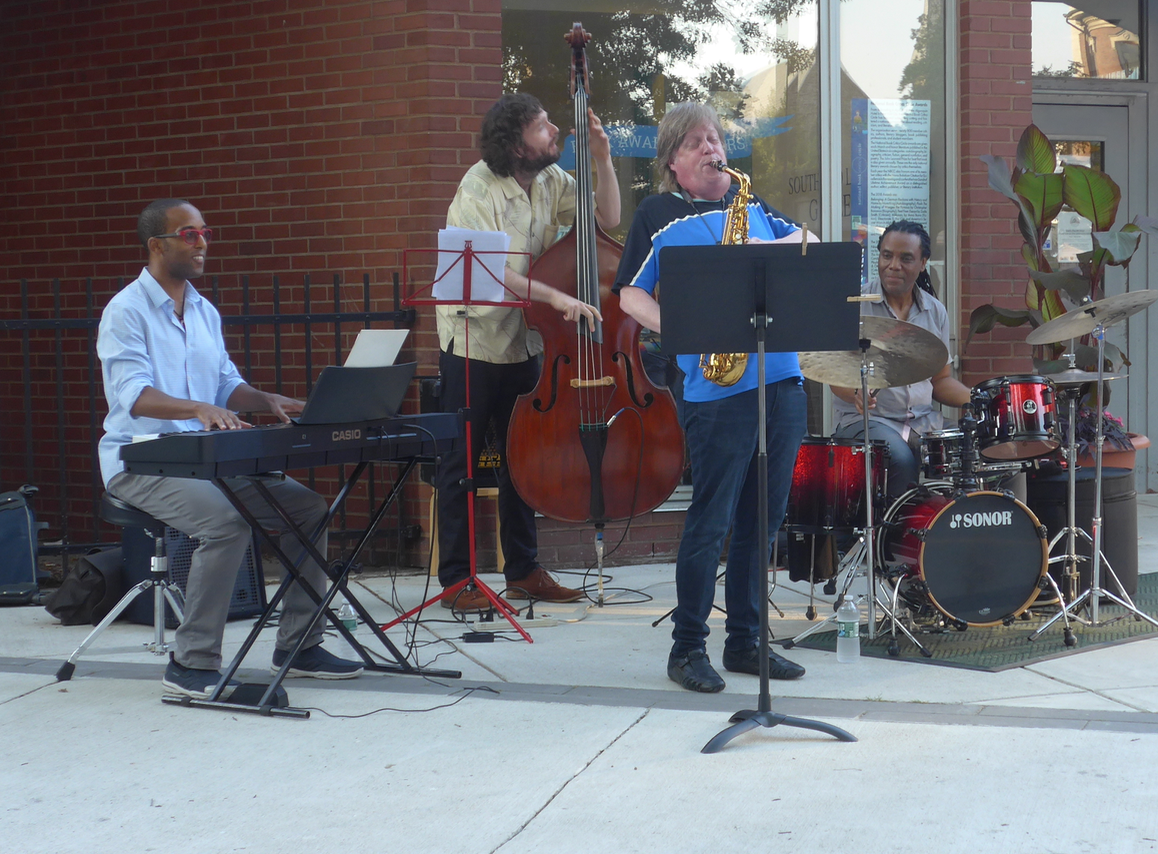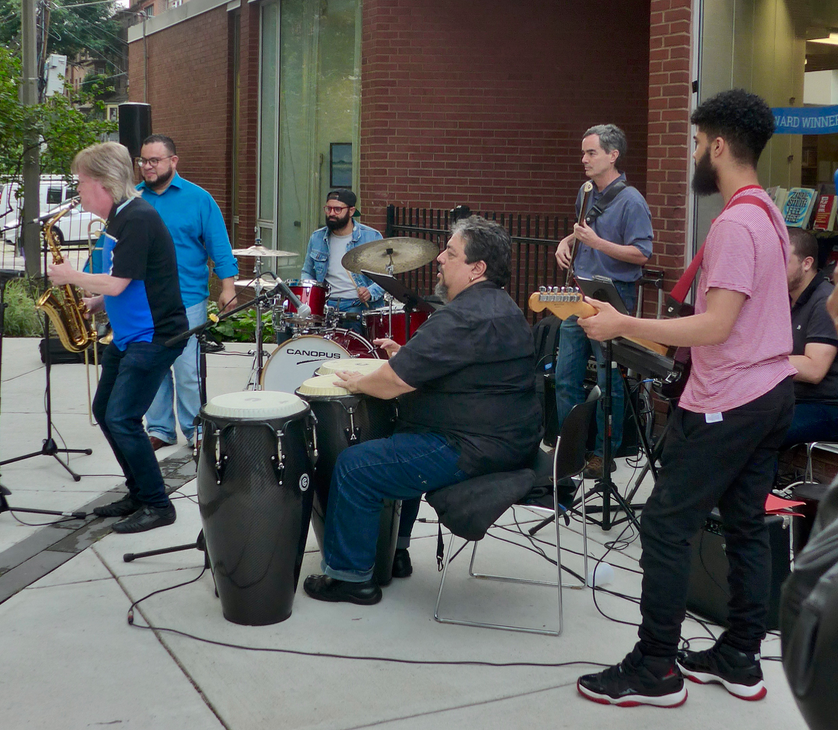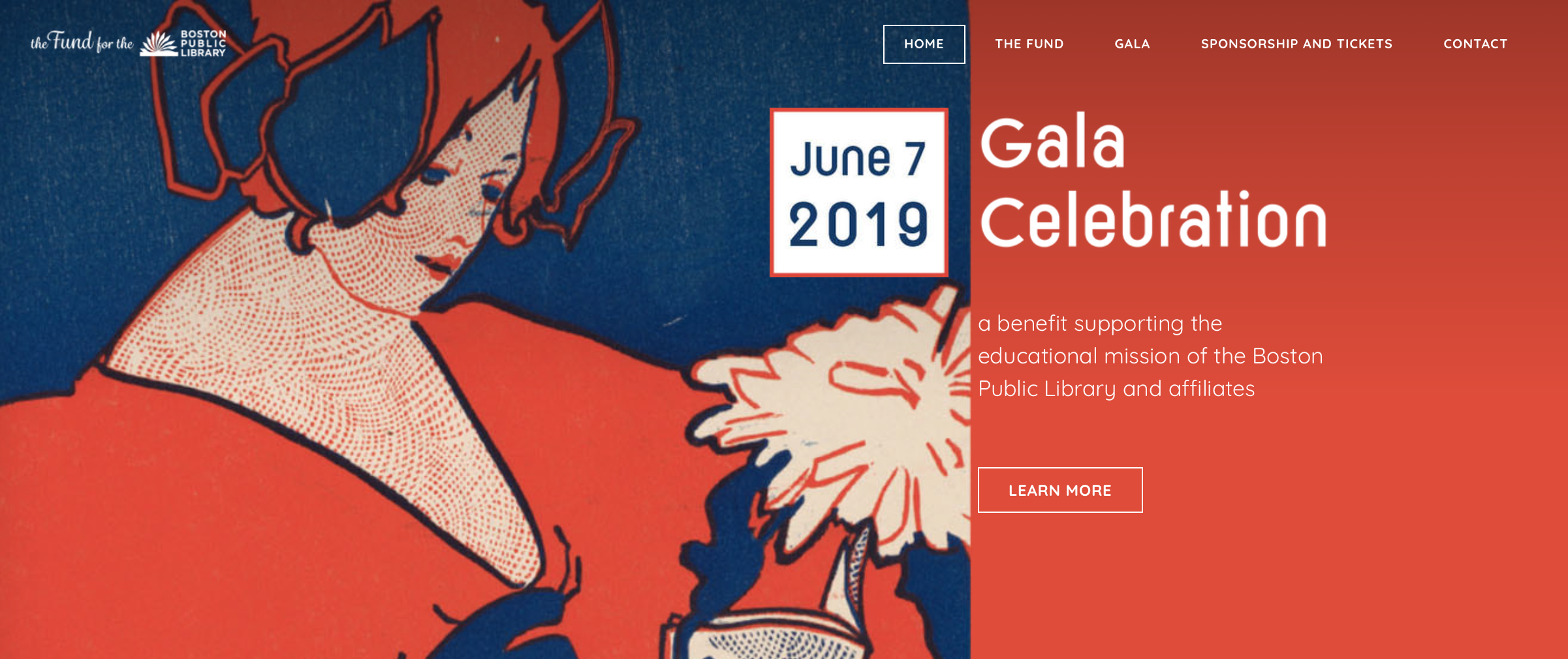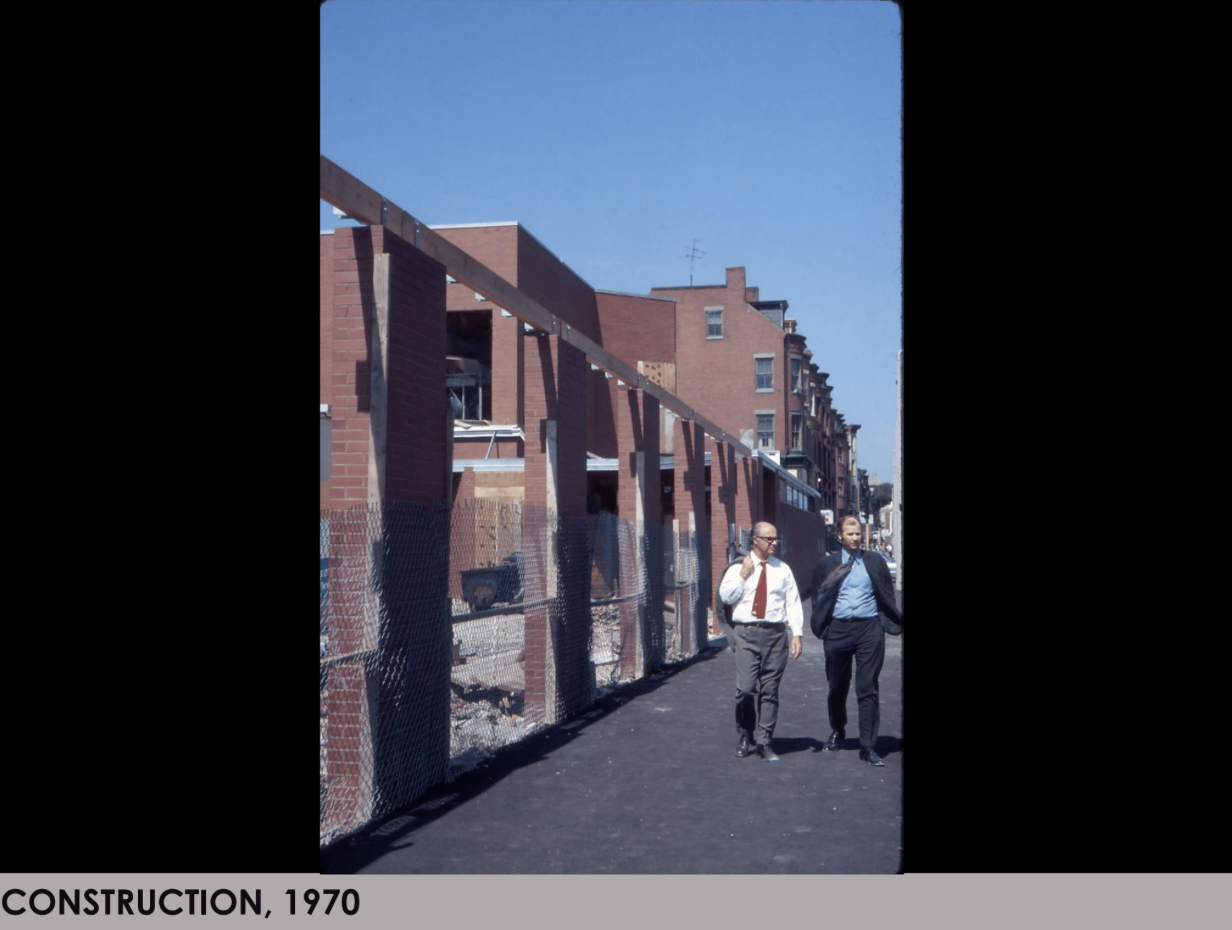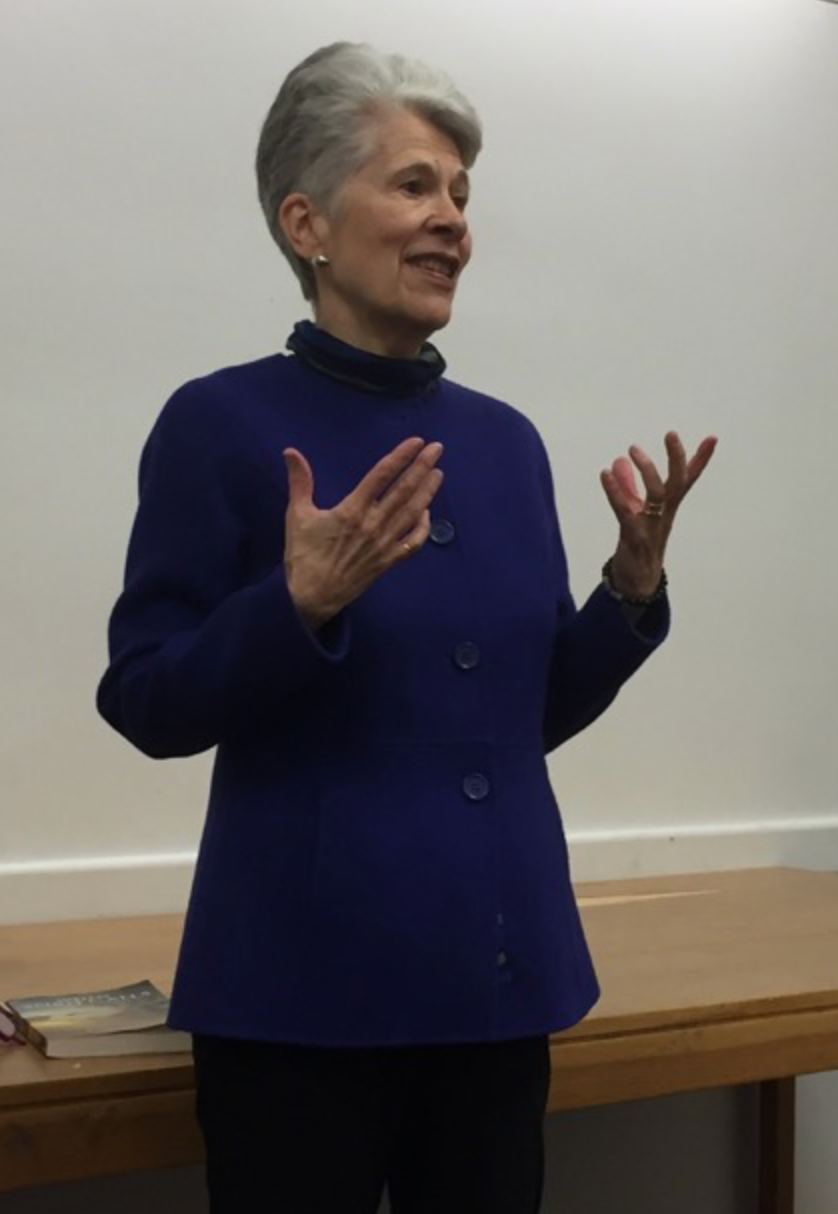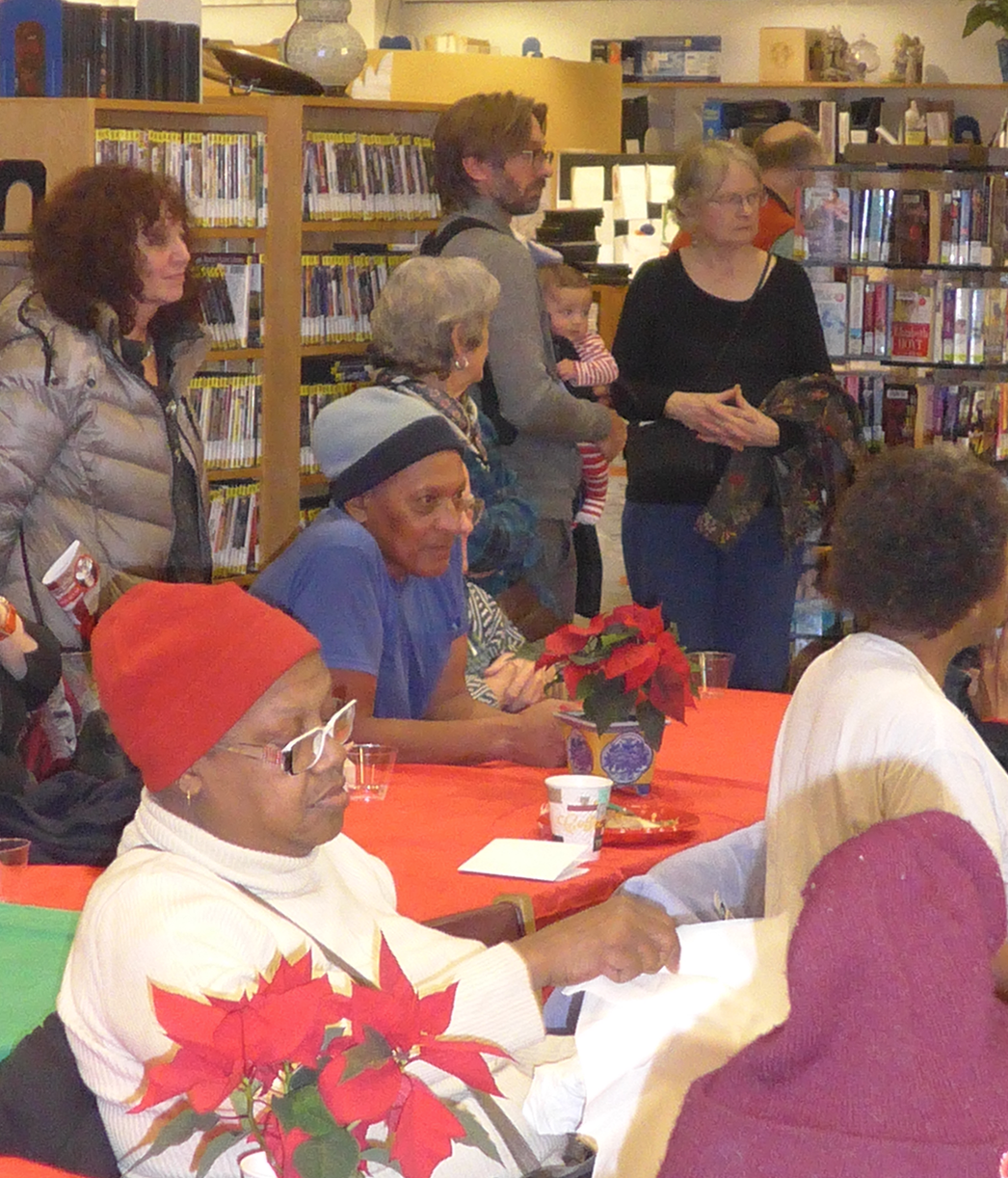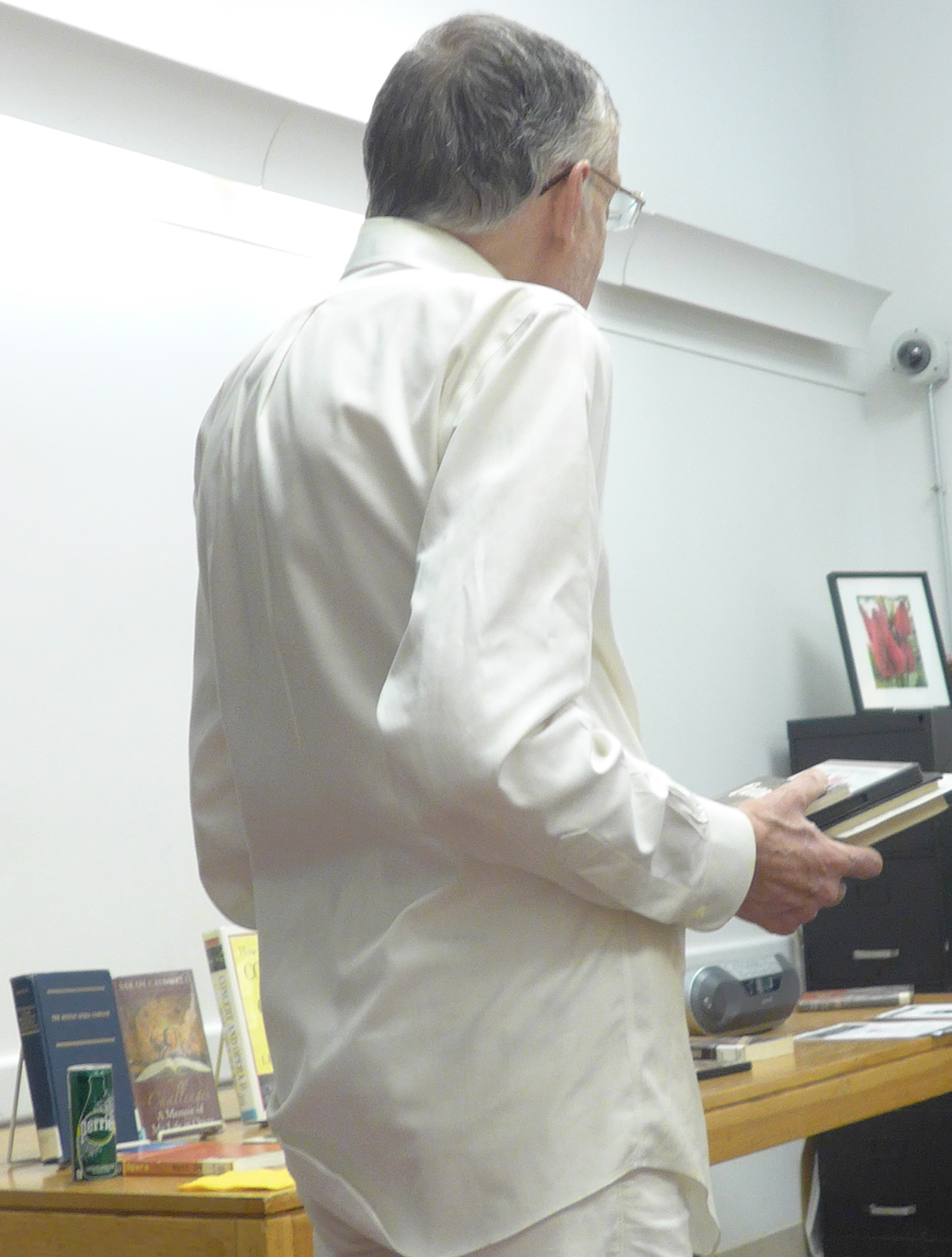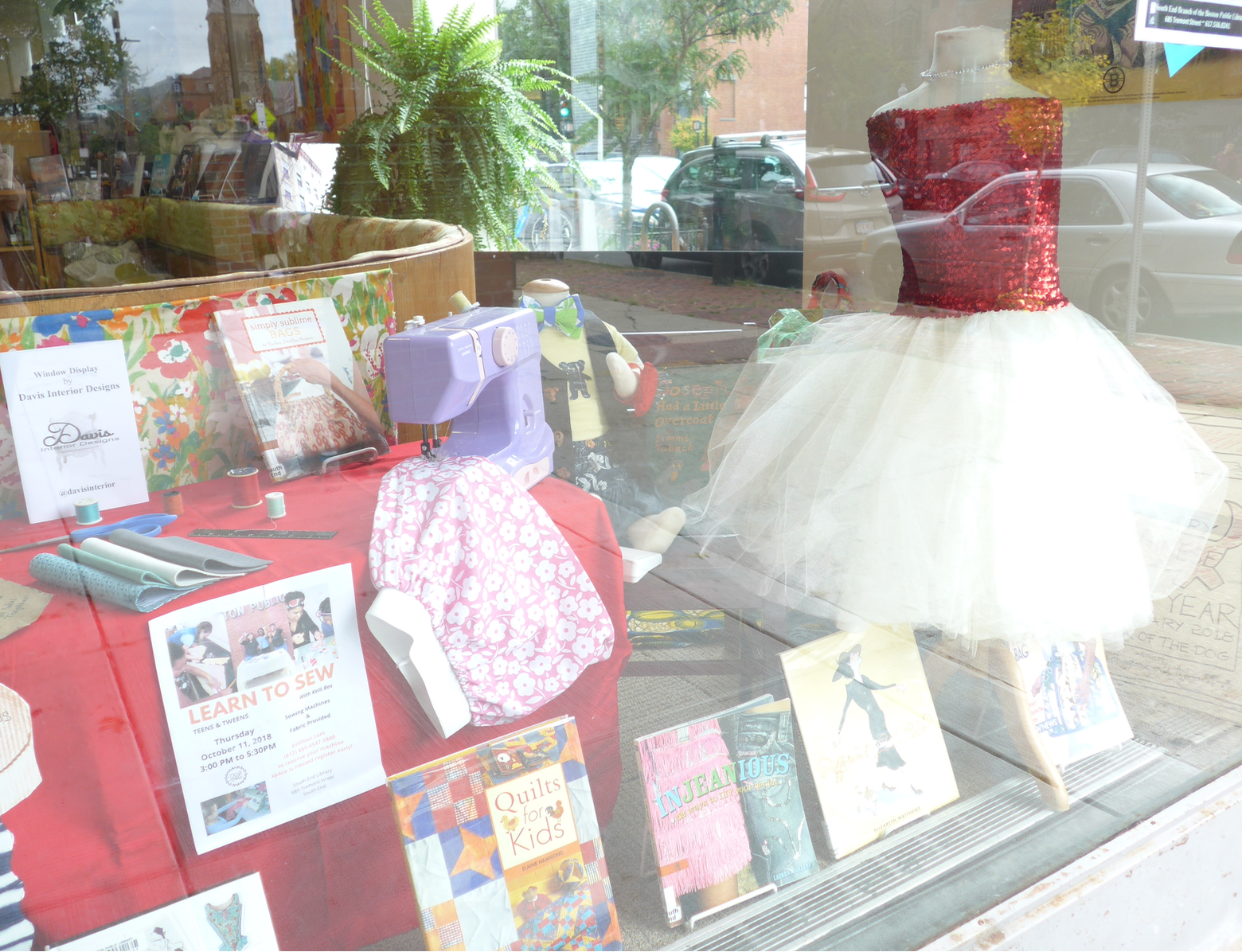BPL Trustees Evelyn Arana-Ortiz, Robert Gallery and BPL President David Leonard
Only four years ago, a mold outbreak in the BPL’s Rare Book and Print Department at Copley Square brought home what years of neglect and underfunding meant for one of the top five largest Special Collections in the world: misplaced (and perhaps even missing) treasures and a lack of something as basic as an inventory were only the beginning of it. But a $15.7 million overhaul of the 20,000 square-foot space on the fourth and fifth floors of the Johnson Building should be complete by November 2020 and bring the collection back among the top rare books’ departments in the world which include Yale University, the Metropolitan Museum of Art and the New York Public Library. Before the current reconstruction began, 250,000 books and 1,000,000 manuscripts were moved to a secure location elsewhere.
In the BPL’s Rare Book and Print Department
A Durer and a Rembrandt print that went missing in 2015 but were later found
Reflecting Mayor Marty Walsh’s stated commitment to repair and rebuild Boston’s public libraries, the renovated department will be accessible by glass elevators that now stop at the third floor. It will feature display cases to exhibit a range of treasures; a classroom for school groups and educational institutions; a reading room; adequate space for 17 researchers and staff; and, yes, a top-level security system with additional security layers for the rarest of manuscripts.
At the most recent BPL Trustees’ public meeting on October 3rd, Simmons College Professor Martha Mahard reported on having inventoried the 1.3 million items in the print and photography collection. Along the way, she came across a card saying, “must be in the library somewhere.” She said there now was a “foundational” inventory. The next step would be to create detailed descriptions of the collection, for which several specialists have already been hired. After the department becomes available to its staff, in November 2020, the collection will be tested for acclimation in its new surroundings. It is expected to reopen to the public by the fall of 2021.













